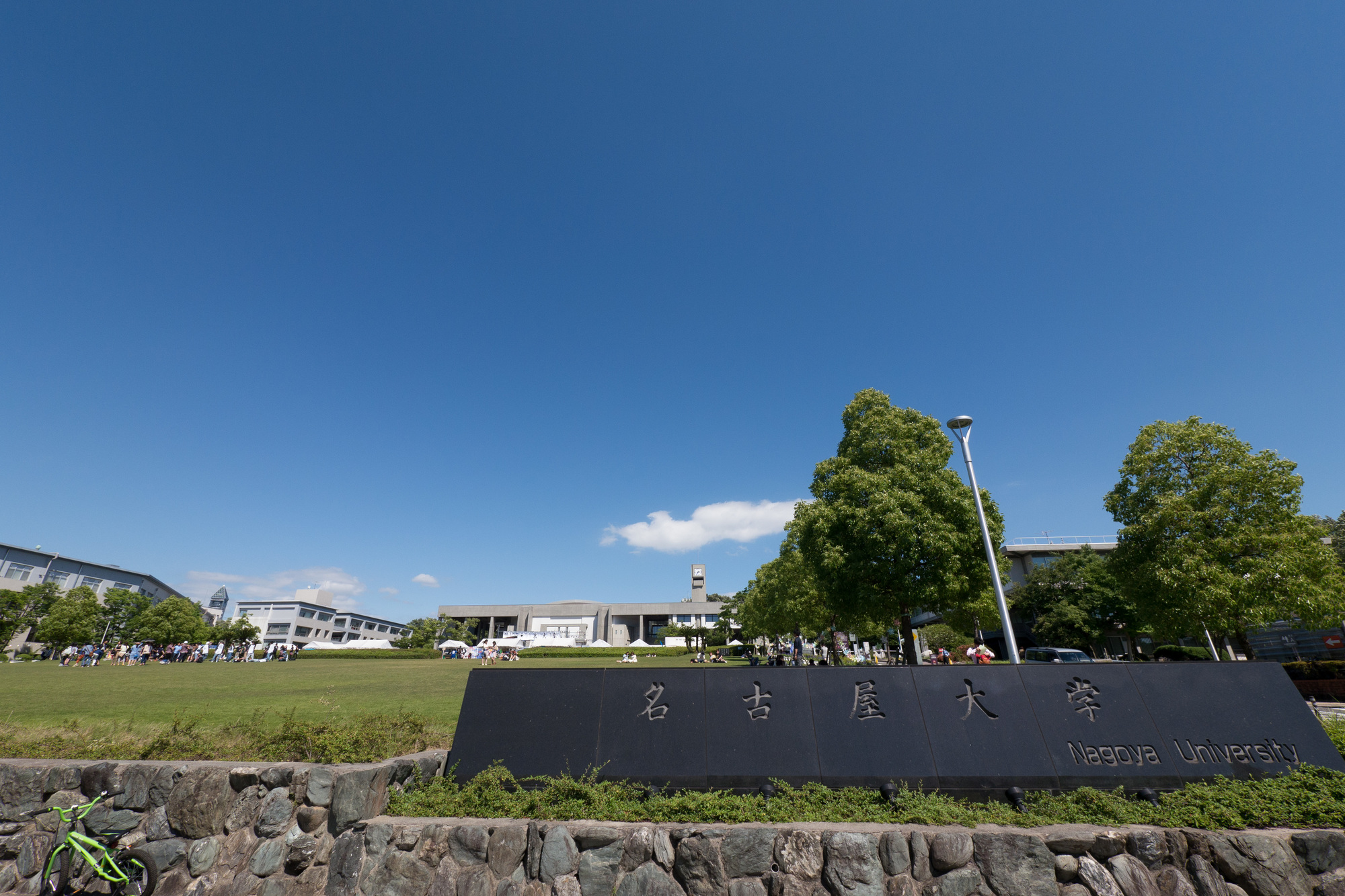The research group of Professor Yoshinobu Baba and Professor Hiroshi Yukawa of the Department of Chemistry and Biotechnology, Graduate School of Engineering, Nagoya University, together with Professor Tsukasa Torimoto's research group and Professor Tetsuya Ishikawa's research group, is applied to 4K displays and solar cells. We have developed a safer quantum dot ZnS-ZAIS-COOH (ZZC) for stem cells such as iPS cells by making full use of the state-of-the-art quantum dot technology.Using this, we also succeeded in highly sensitive visualization of transplanted stem cells in the living body of mice.
Among regenerative medicine, stem cell transplantation therapy is expected to play an extremely important role in diseases such as lung disease and liver disease, which are still difficult to treat by tissue / organ regeneration, and development is proceeding toward practical use. Has been done.In order to ensure safety and maximize the therapeutic effect in stem cell transplantation treatment, the in vivo dynamics of transplanted stem cells and accumulated tissues / organs are accurately imaged, and the treatment method is optimized and improved based on the diagnosis results. Is required.
However, since organic dyes and fluorescent proteins usually have low fluorescence intensity and poor stability, it has been extremely difficult to image transplanted stem cells in vivo with high sensitivity using these fluorescent probes.
Therefore, the research team has realized ultra-high definition, ultra-high sensitivity, ultra-long life, energy saving and low cost, and applied the latest quantum dot technology used in 4K / 8K displays and solar cells.Since it contains cadmium, etc., we have developed a quantum dot ZZC that replaces the quantum dot, which has been restricted in its use due to concerns about its toxicity to stem cells and living organisms.
Since the quantum dot ZZC developed this time does not contain toxic components such as cadmium, cytotoxicity is greatly reduced to about 100/1 of that of conventional quantum dots, and mass production at low cost is possible. Will be.In addition to safer stem cell labeling, highly sensitive in vivo transplanted stem cell imaging could be realized.
With this achievement, it will be possible to use it in preclinical studies that require labeling and tracking of many stem cells at low cost, and it will greatly contribute to the realization and acceleration of regenerative medicine using stem cells such as iPS cells in the future. It is expected to be a thing.

